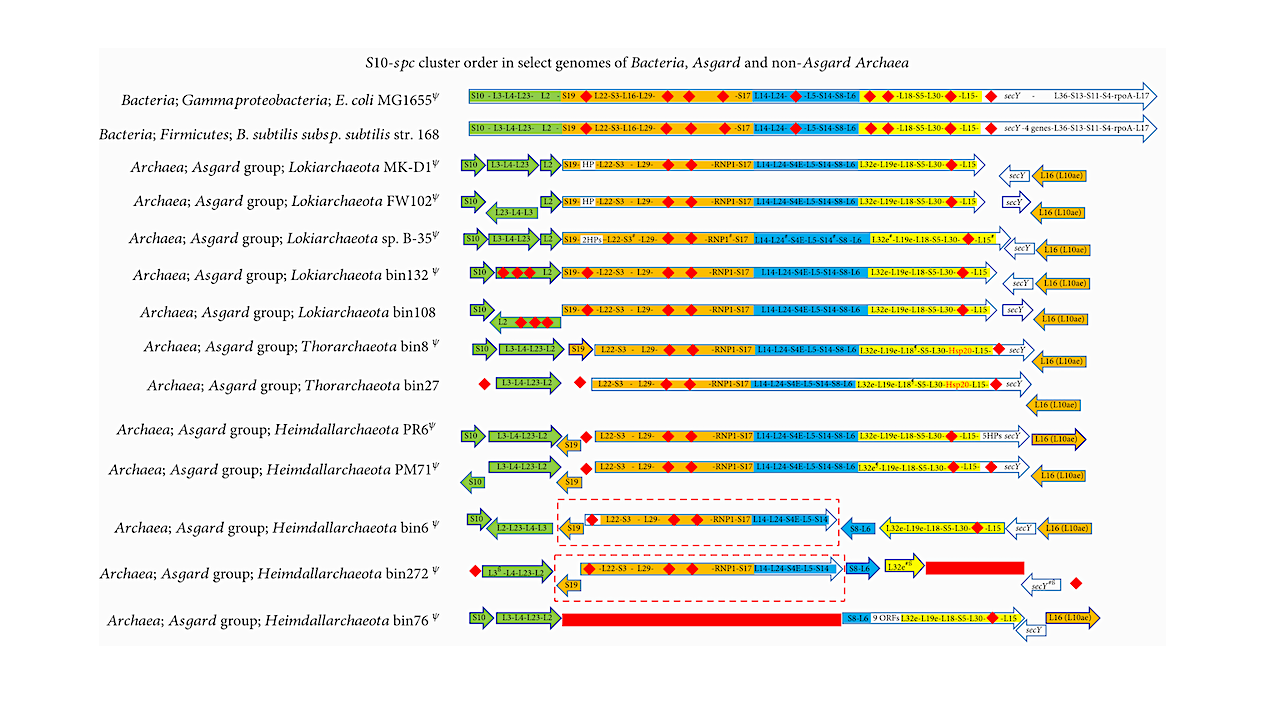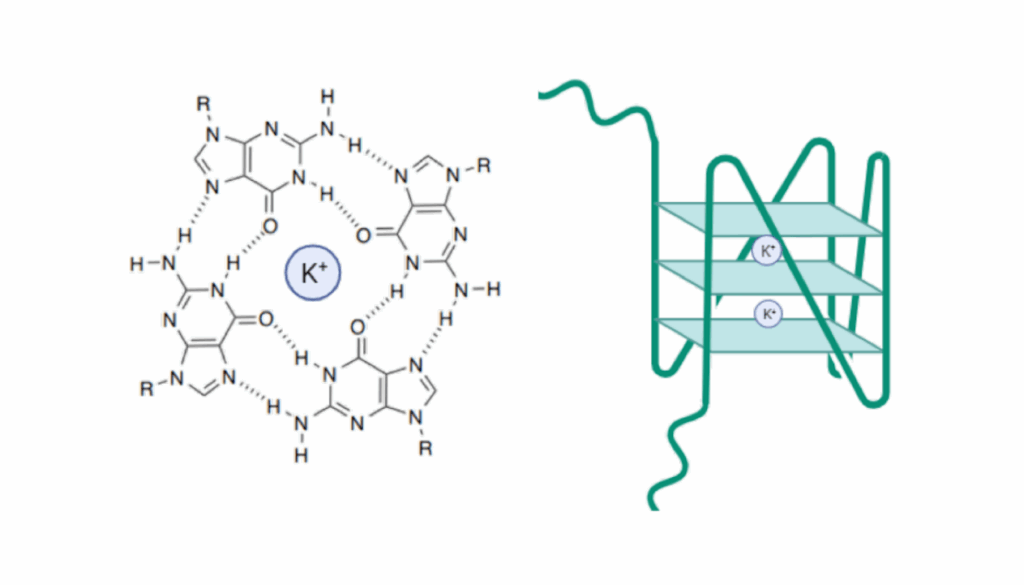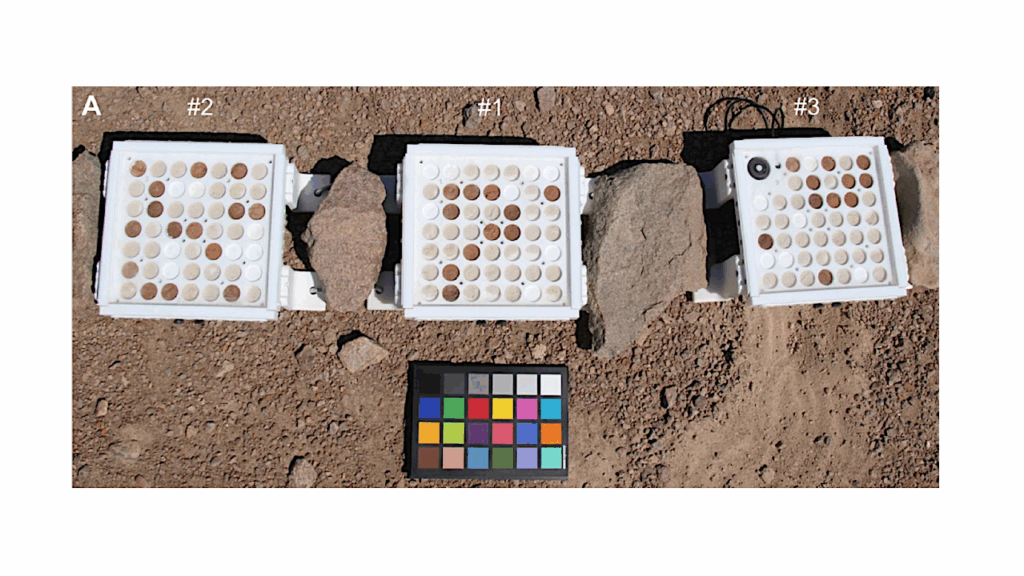Connections Between Archaea And Eukarya

NASA-supported researchers have examined the order and organization of genes that code for ribosomal protein in a group of archaea known as Asgard. The study is helping scientists better understand the history of genome organization and how such systems have evolved through time following the origins of life on Earth.
Asgard (or Asgardarchaeota) is a proposed superphyla of archaea that includes a small group of organisms that share some features with eukaryotes. For example, Asgard archaea have ribosomes that are more similar to those found in eukaryotes than those in bacteria. Some theories suggest that Asgard archaea could represent a link between archaea and eukaryotes, or that eukaryotes could have emerged from within the Asgard branch on the Tree of Life.
Due to pioneering research by Woese and Fox in the 1970s, scientists began to classify life on Earth at the molecular level. This is what gave us the three kingdoms that we use to categorize life today (bacteria, archaea, and eukarya). Bacteria and archaea are single-celled organisms, and eukarya includes any organism that has cells (or a single cell) with a well-defined nucleus.
To better understand the proposed link between Asgard archaea and eukaryotes, the team of scientists examined the order of genes that code for ribosomal proteins in 17 members of Asgard. They then compared this data with those found in non-Asgard archaea and bacteria. What they found was that the organization of gene clusters that code for ribosomal proteins are less conserved in the genomes of Asgard. The one exception is that there is a universal core composed of two clusters of co-occurring genes (specifically, r-protein genes). One cluster contains fourteen genes and the second contains four. These genes in archaea are equivalent to genes found in the bacteria Escherichia coli (E. coli), specifically genes in the S10 and spc operons.
“As one goes across phylogeny from bacteria to archaea to asgard archaea to eukaryotes, the r-protein gene order is increasingly dispersed (less conserved),” explains Madhan Tirumalai of the University of Houston and lead author on the study. “If this is generally true for non-ribosomal gene clusters, the results may have implications for the history of genome organization.””
If the trend for less conserved gene clusters holds true for other genes, it could have implications for how we understand the history of genome organization on Earth.
“The research leading to this paper is exciting for another reason: it was undertaken with important contributions from early career scientists, including an undergraduate, and recent graduates from local high schools in the Houston area,” Tirumalai add. “We are committed to fostering the next generation of astrobiologists, and the participation of such early career scientists is an ongoing endeavor since 2019.”
The group published a paper in 2021 on another related project that included contributions from a high school student, and currently there are two undergraduate and two high school students working with the team on additional projects examining the genomes of Asgard archaea.
“All of these efforts have direct relevance to STEM empowerment,” says Tirumalai.
The study, “Ribosomal Protein Cluster Organization in Asgard Archaea,” was published in the journal Archaea (open access)
astrobiology








